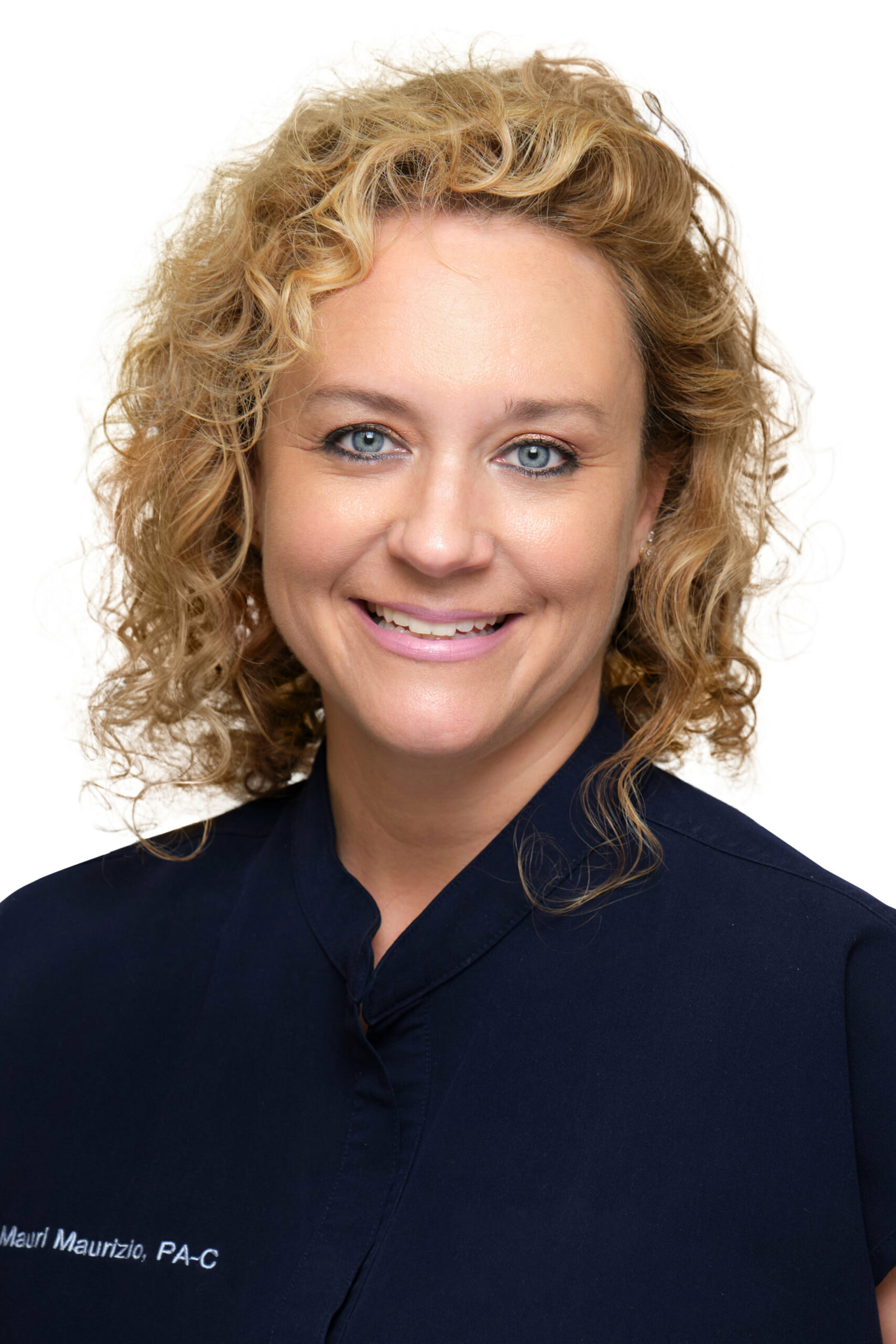★★★★★ 5/5
Dunedin Location
“Staff is very friendly , appointment are right in time, doctor maurizio is wonderful leasen to her patients, give your her diagnosis, give you a treatment that work for you…”
- E.J.
★★★★★ 5/5
Dunedin Location
“Scheduling is easy and fast. The front desk staff is kind and knowledgeable. Everyone including the doctor made it not so awkward for a full body check.”
- C.L.
★★★★★ 5/5
Dunedin Location
“Love visits to this office as the staff are very friendly and seem to be cohesive in their flow of the office. I’ve always had a great experience!”
- V.D.
Dunedin, Florida Dermatology Services
Dunedin Specialties
Medical Dermatology
Medical Dermatology
Medical Dermatology
Medical Dermatology
Medical Dermatology
Medical Dermatology
Medical Dermatology
Medical Dermatology
Medical Dermatology
Medical Dermatology
Medical Dermatology
Medical Dermatology
Medical Dermatology
Cosmetic Dermatology
Medical Dermatology
Medical Dermatology
Medical Dermatology
Medical Dermatology
Medical Dermatology
Medical Dermatology
Cosmetic Dermatology
Medical Dermatology
Medical Dermatology
Medical Dermatology
Medical Services
Surgical Services
No data was found

